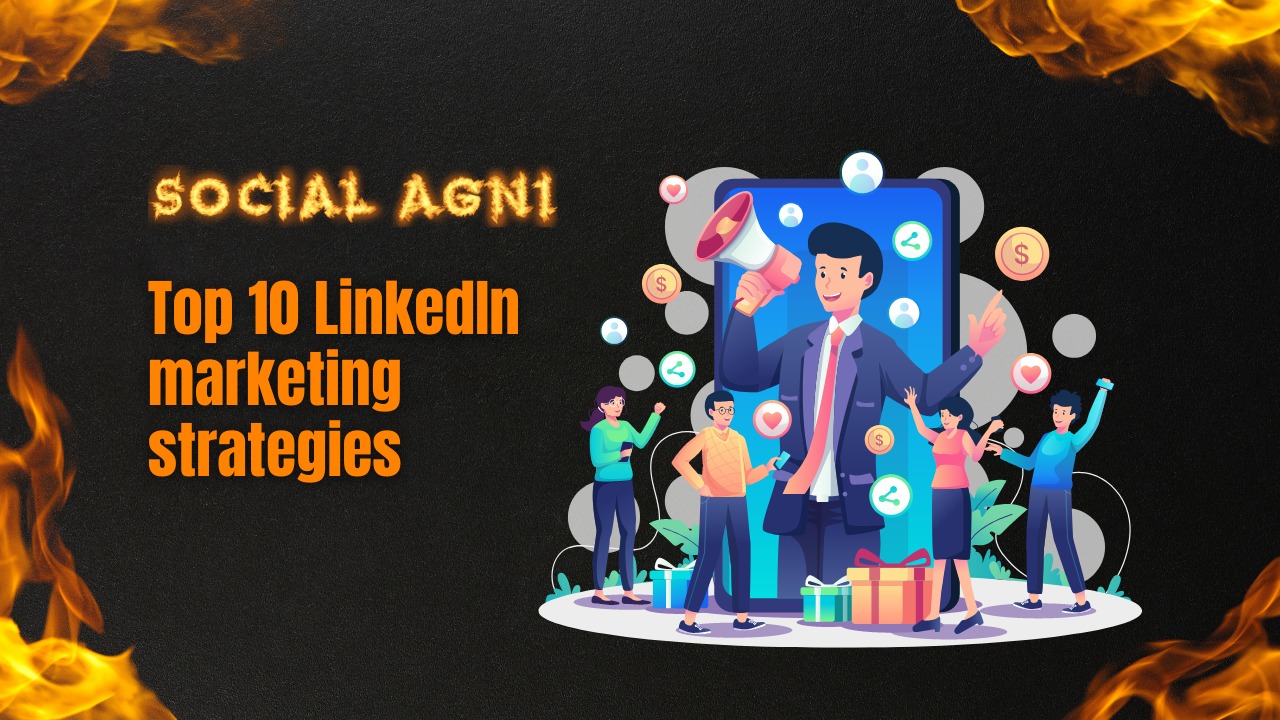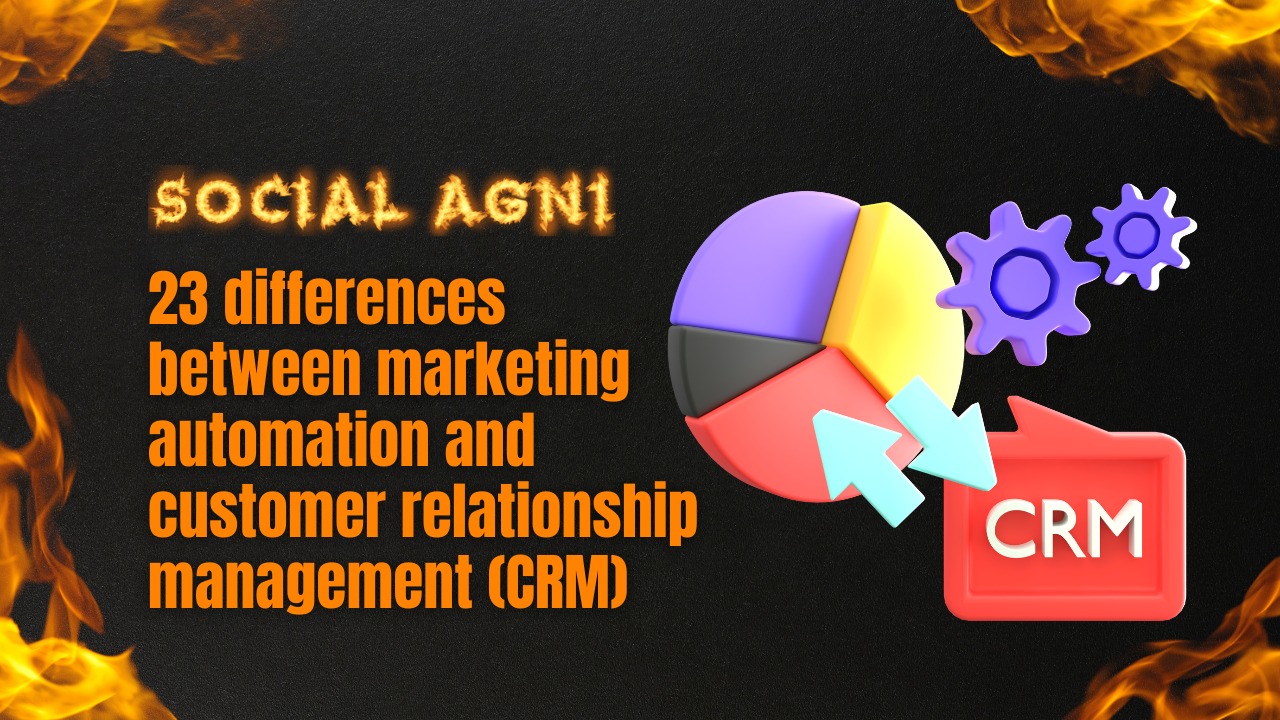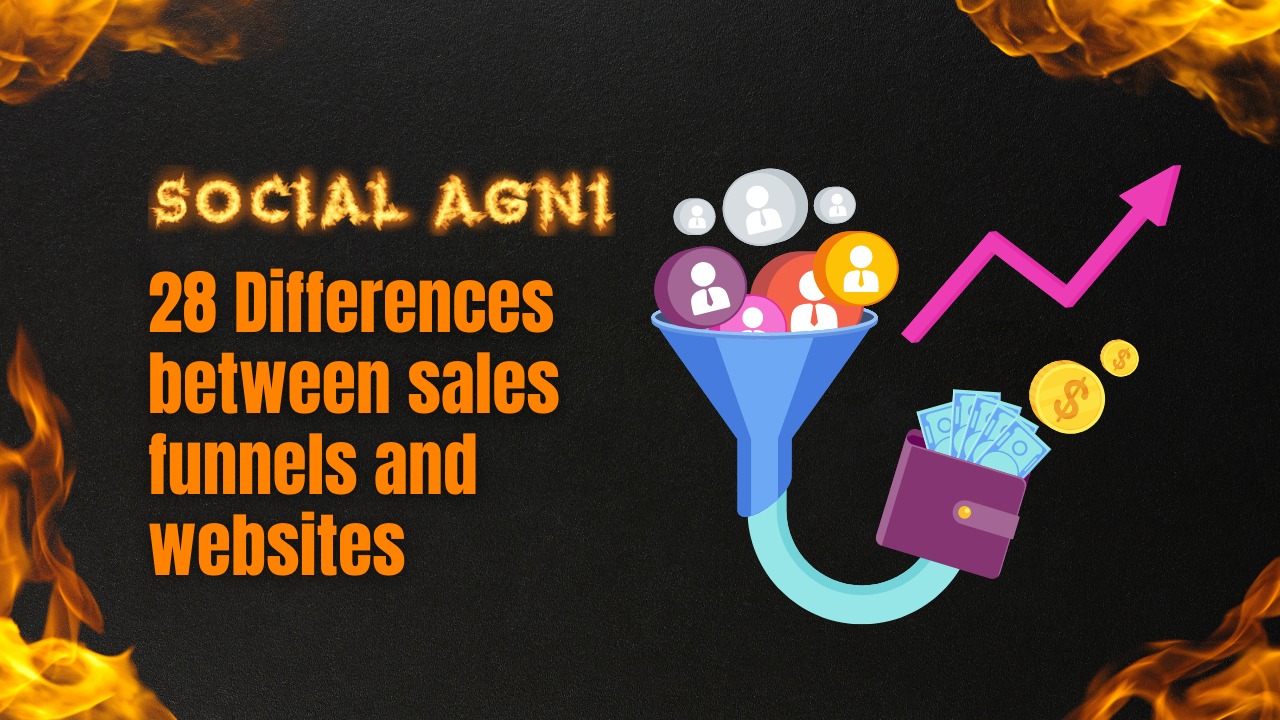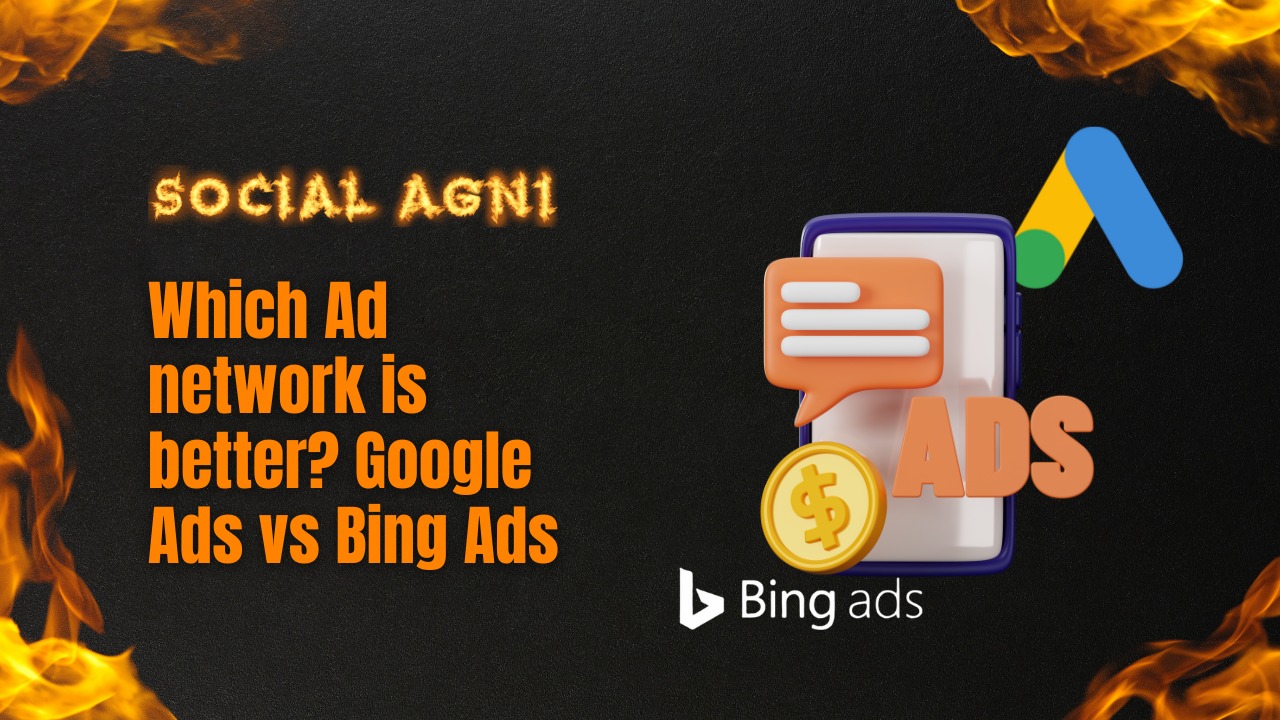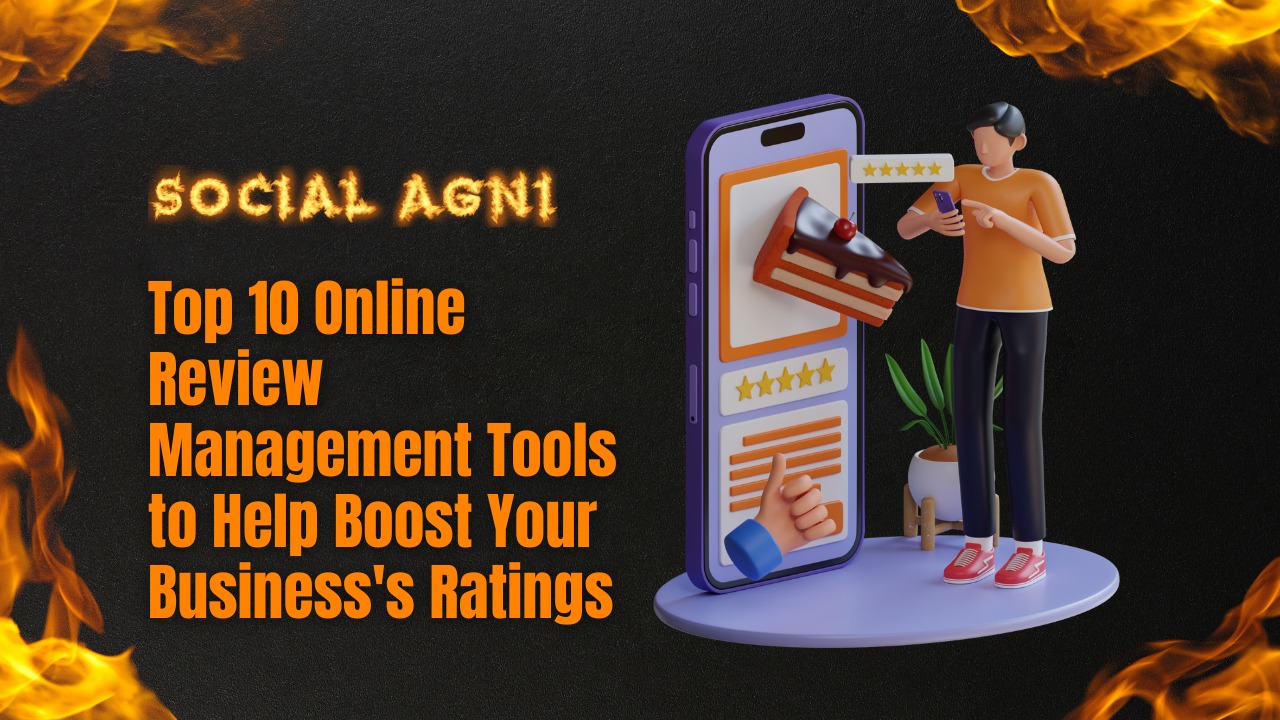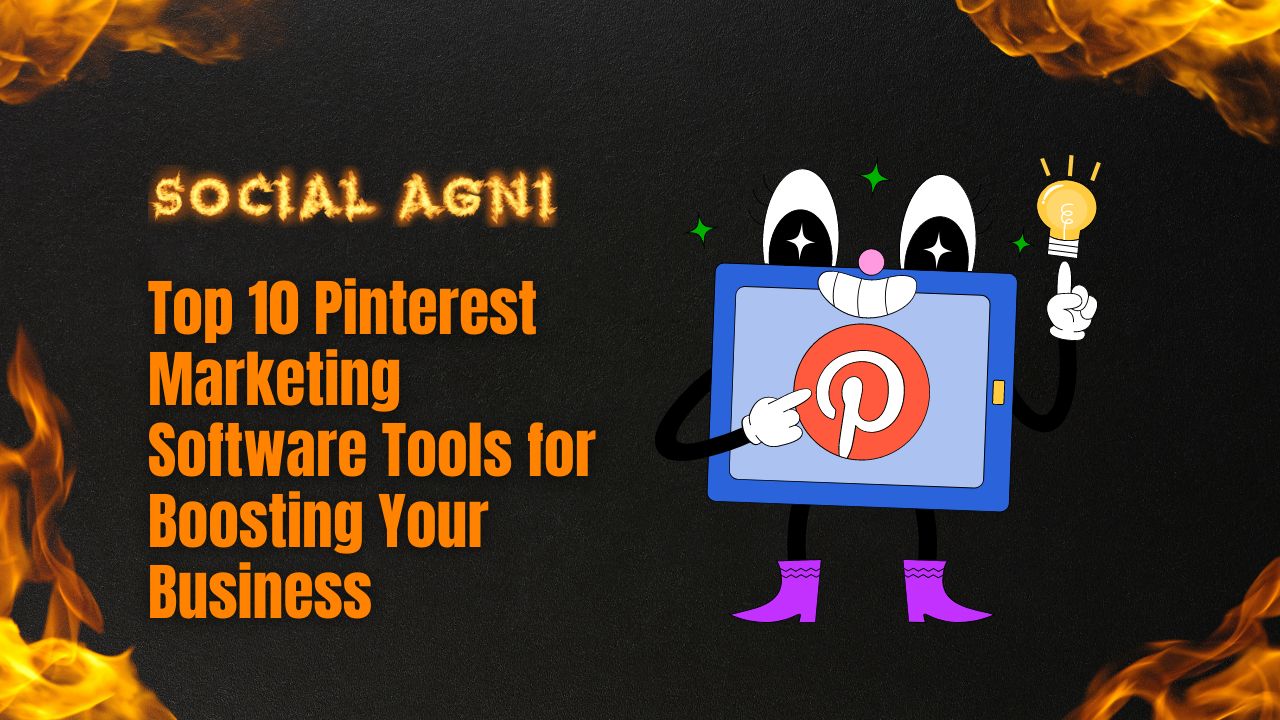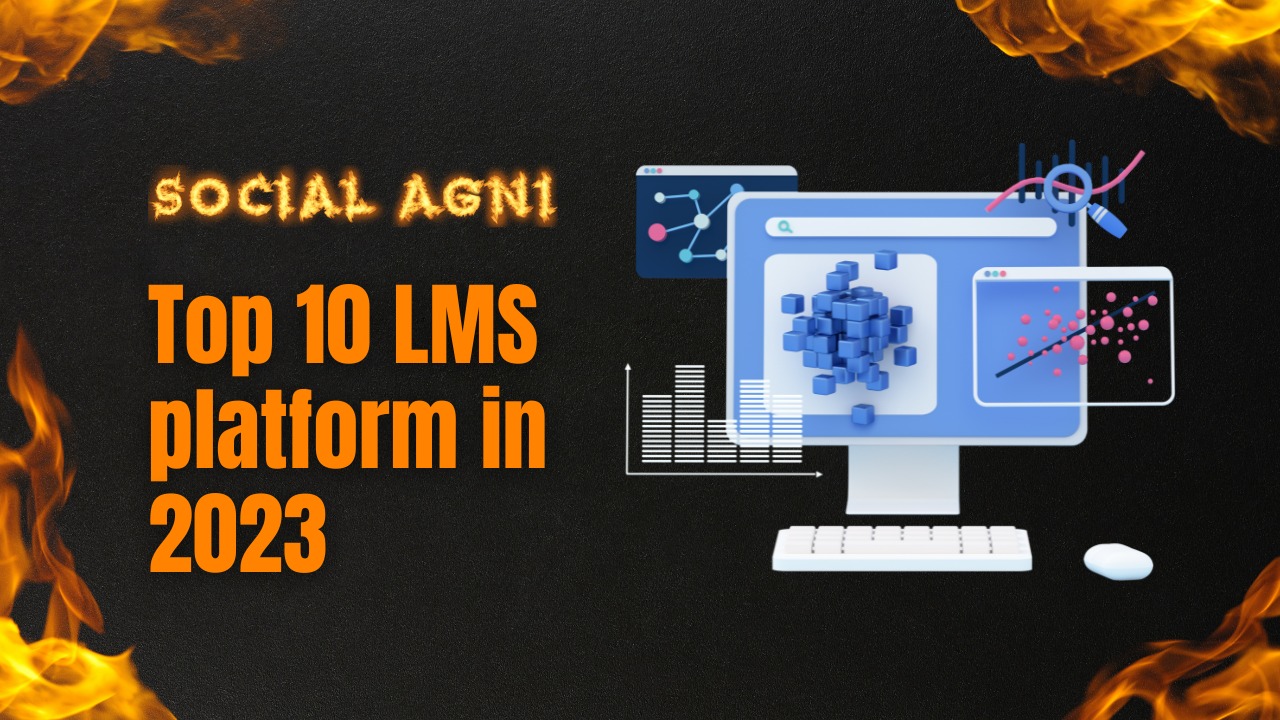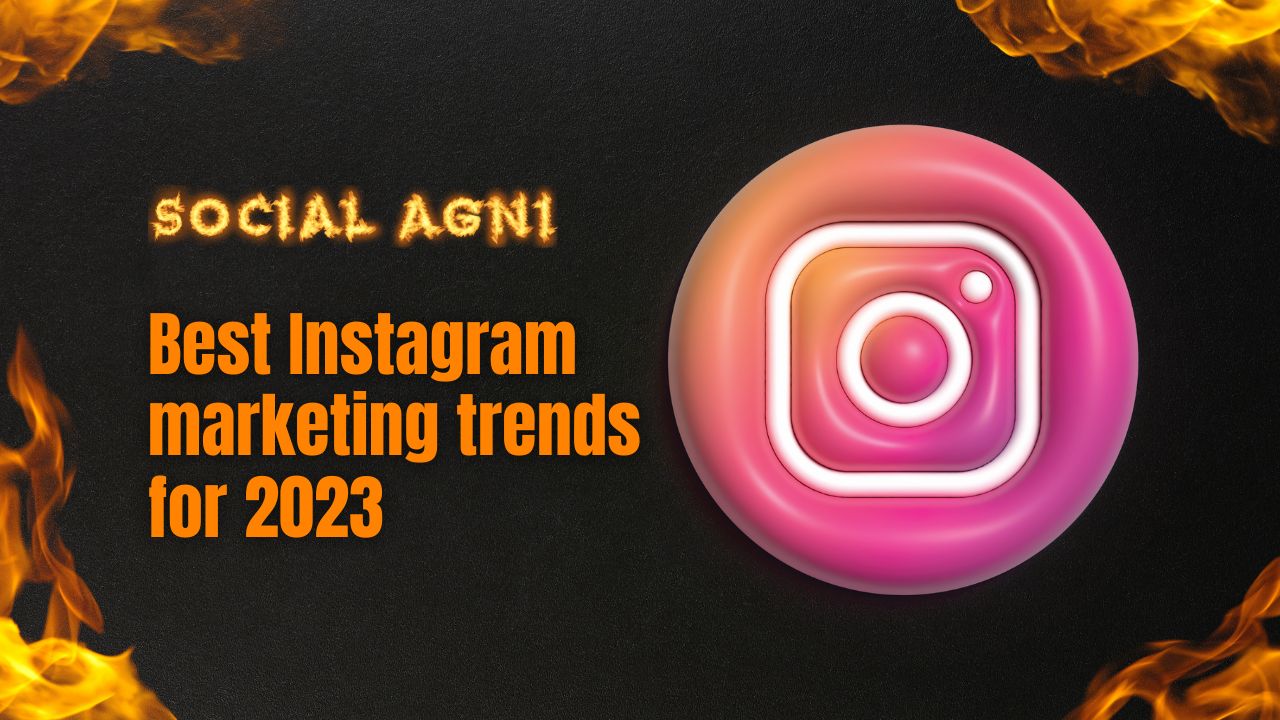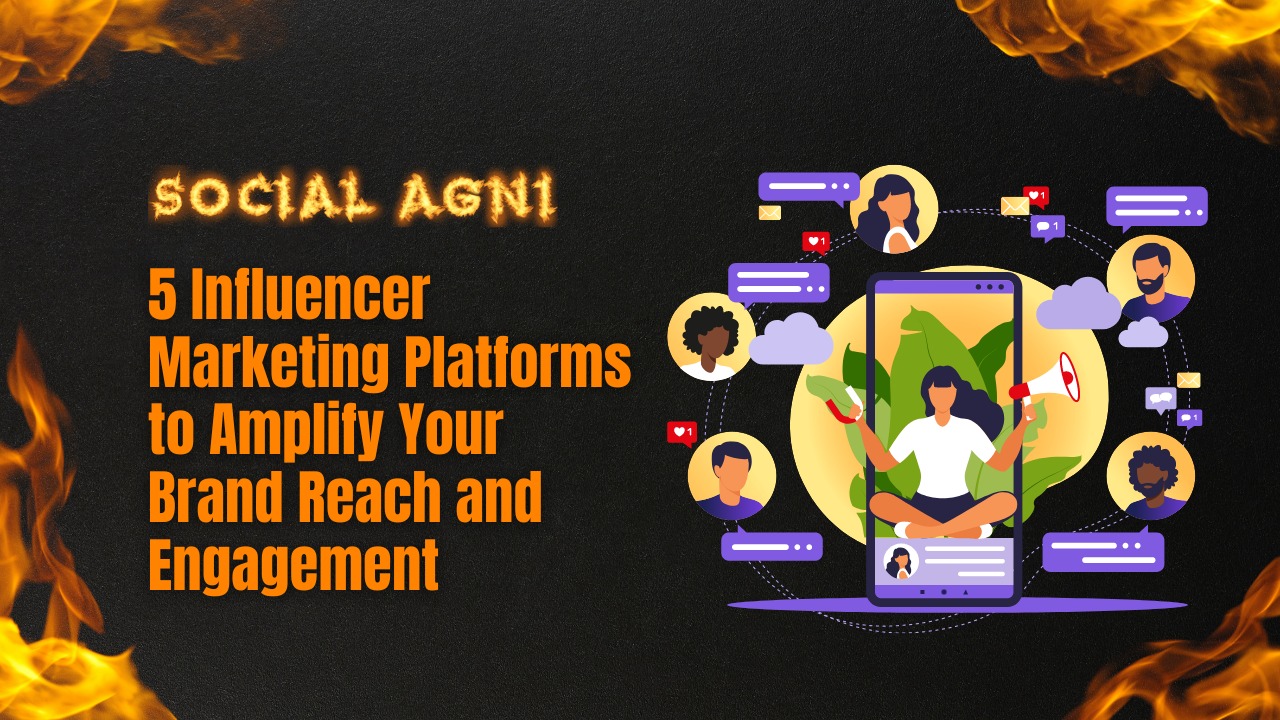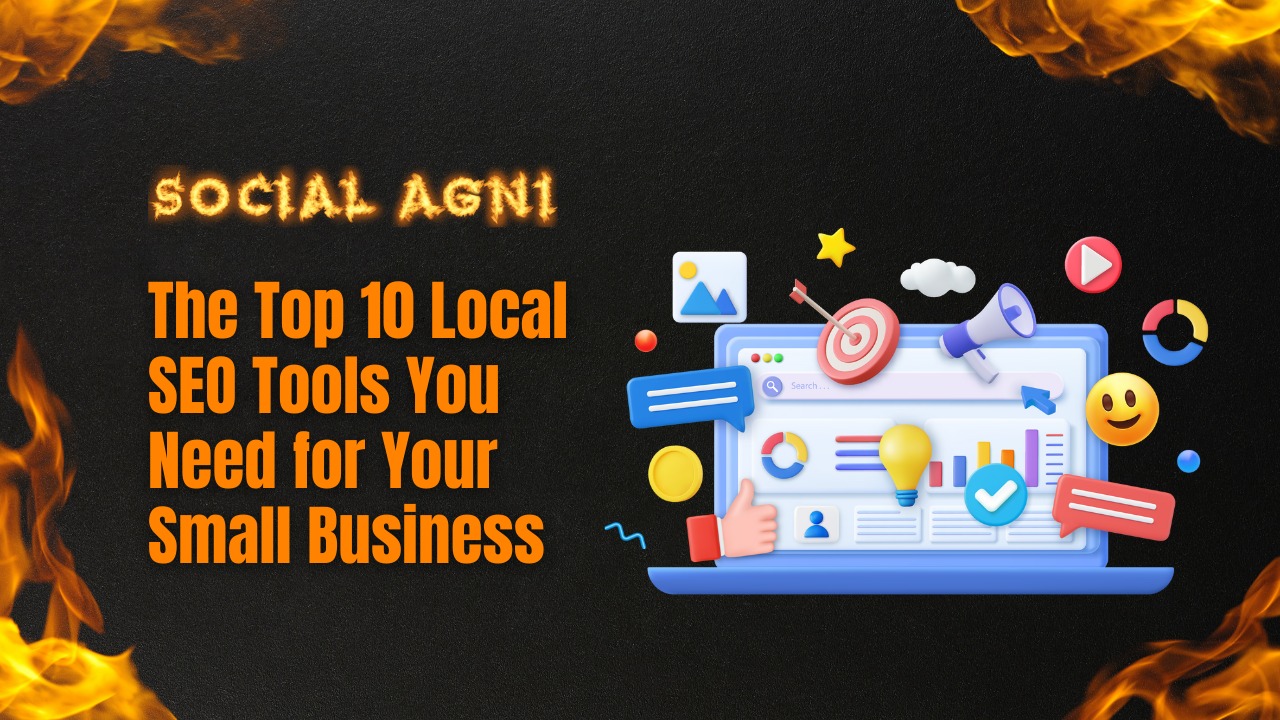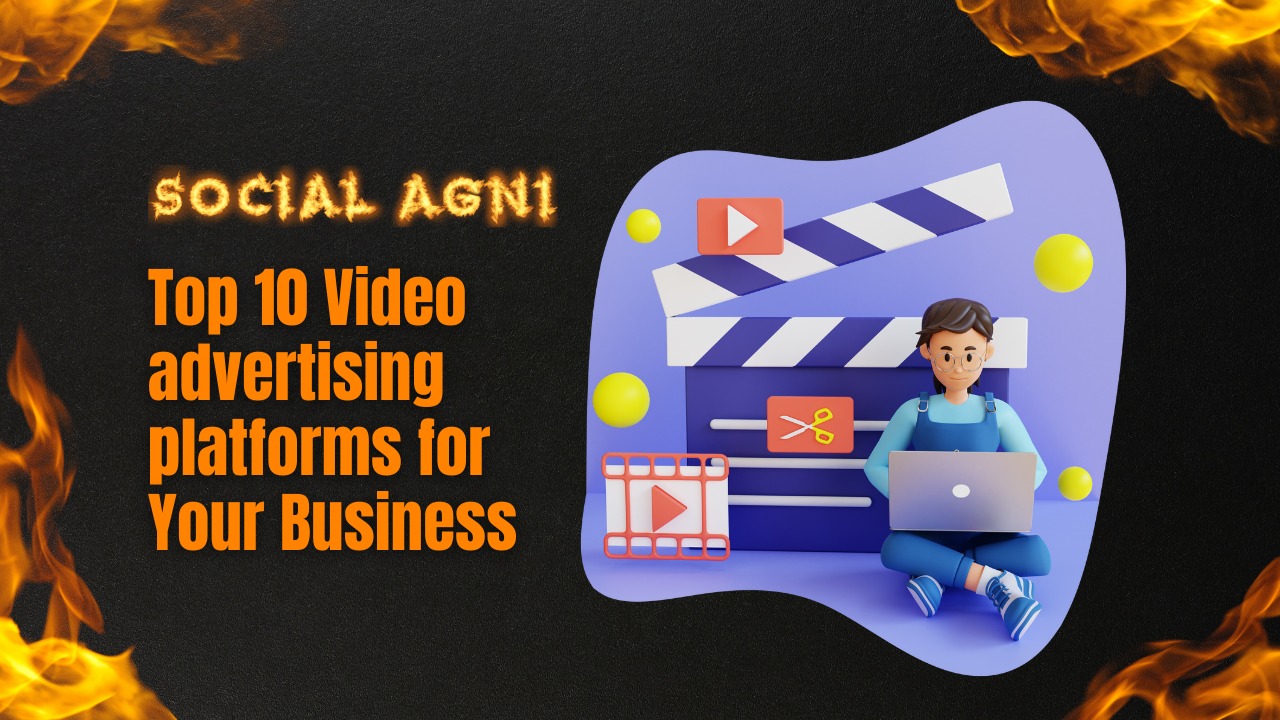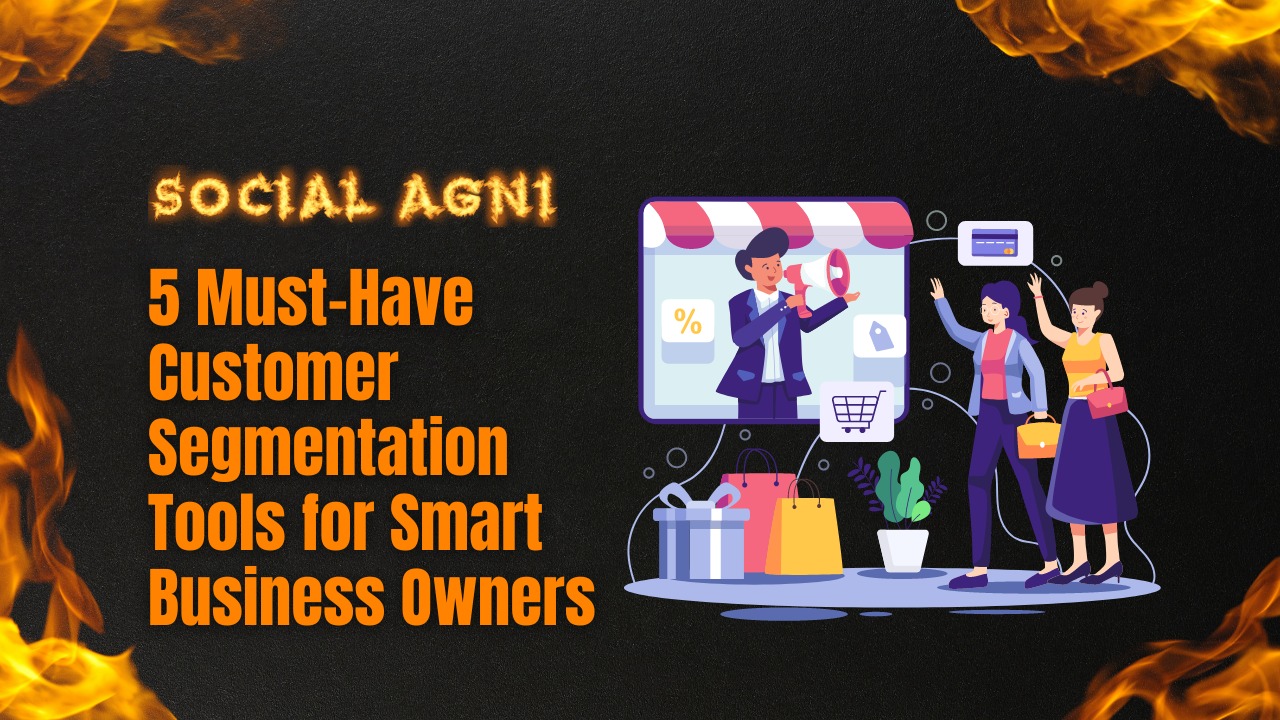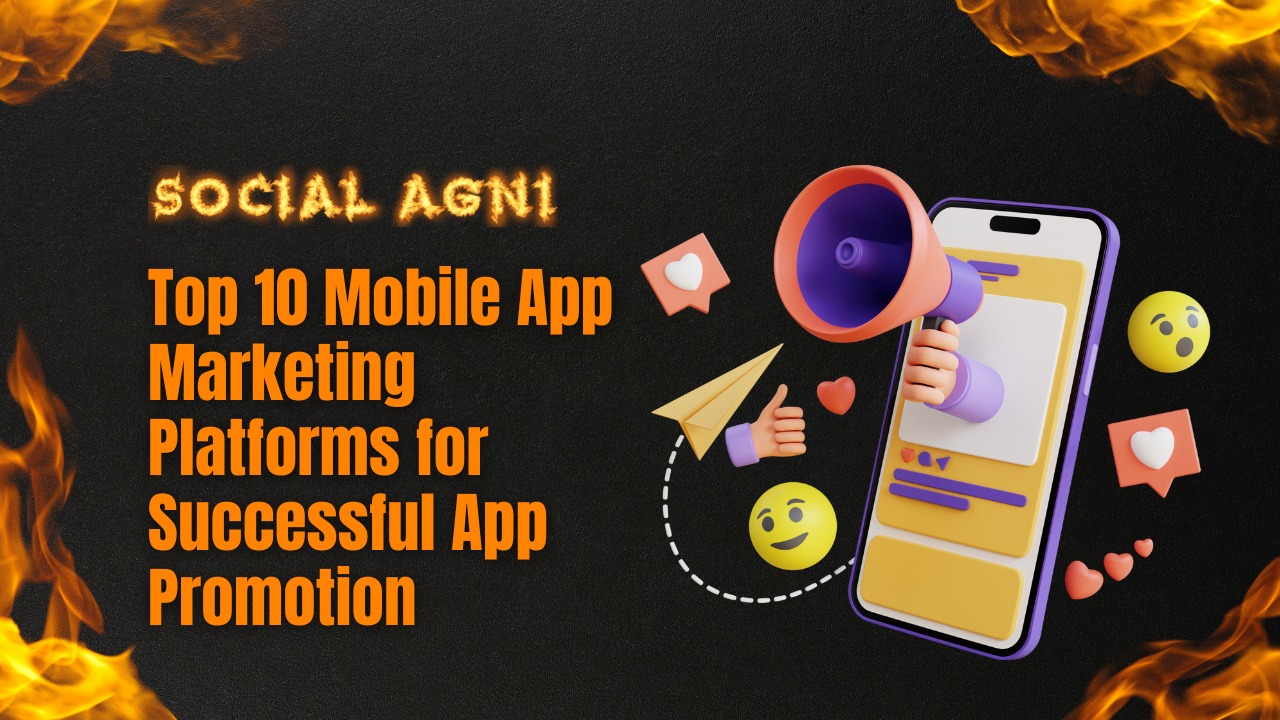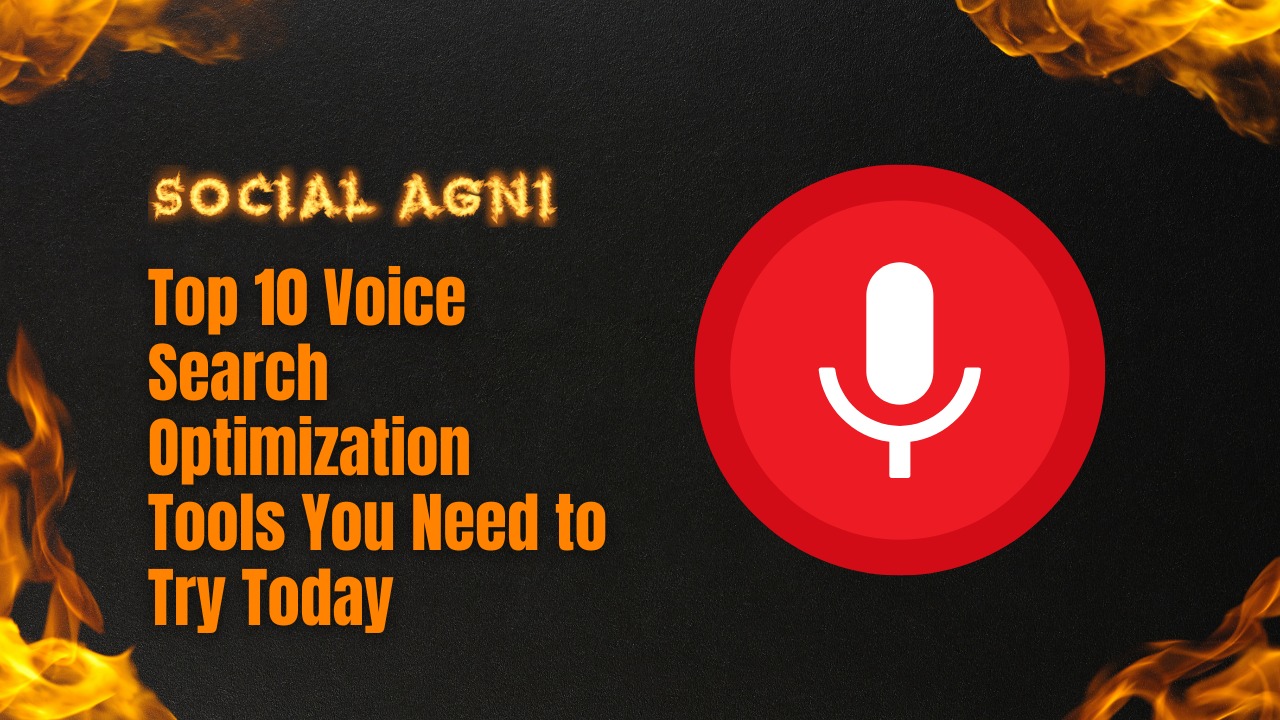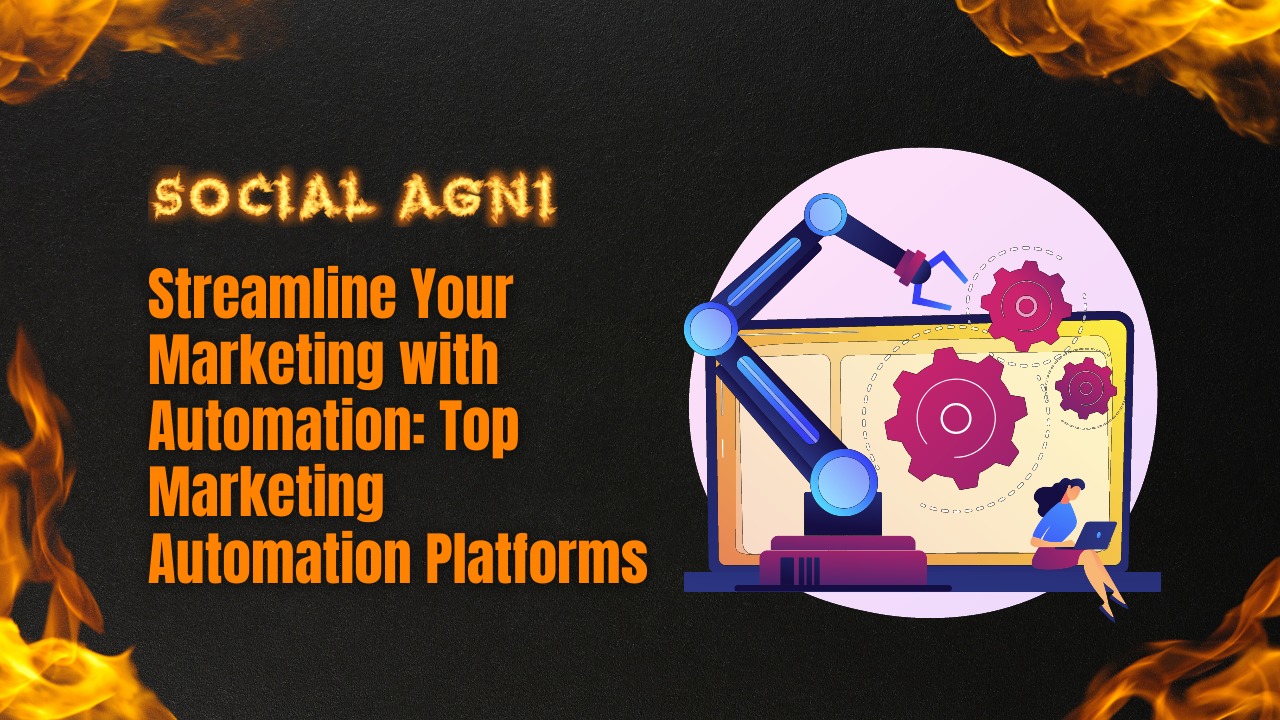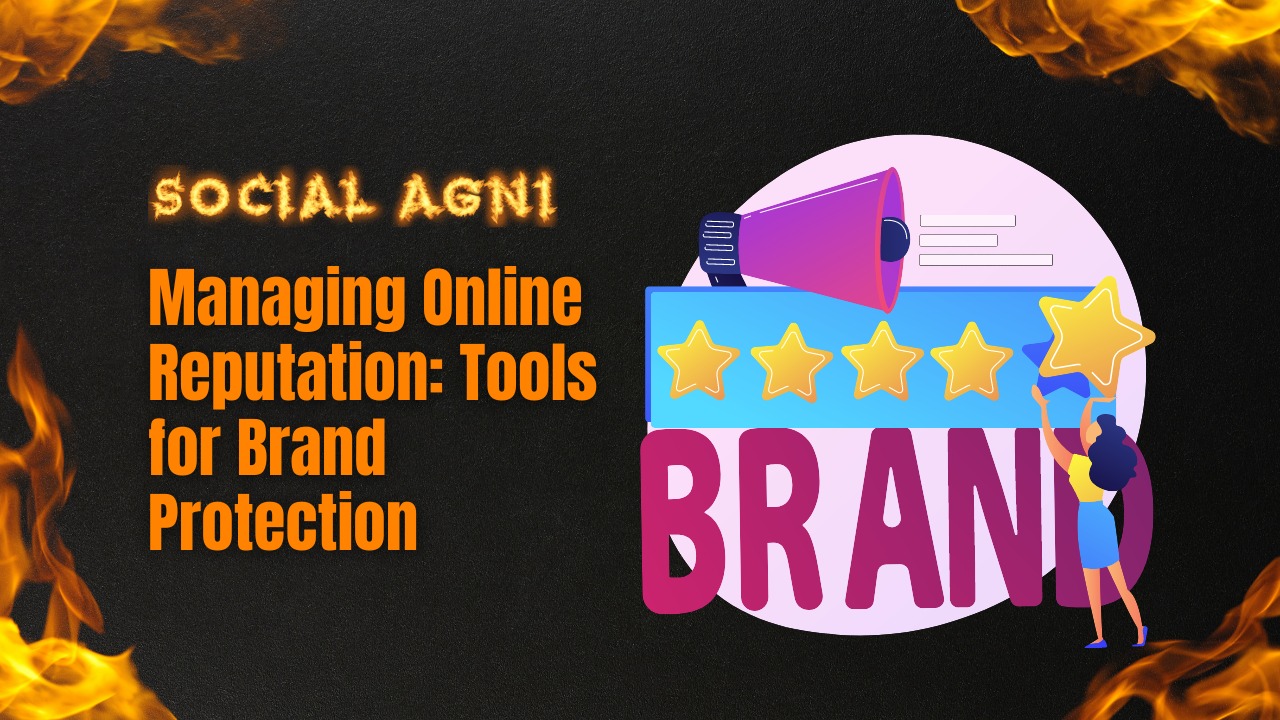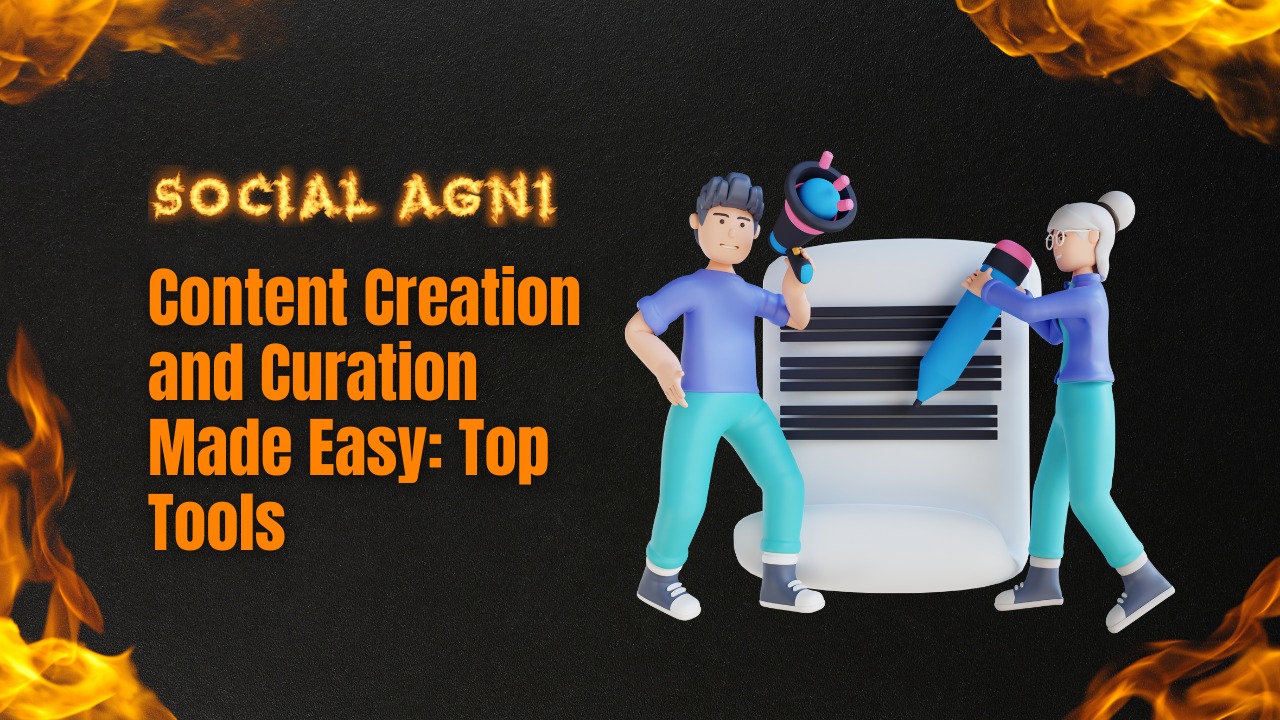Professionals and businesses use LinkedIn to develop a digital presence, cultivate networks, and expand their enterprises. LinkedIn’s 740 million users across sectors and locations give huge marketing opportunities. In today’s competitive business environment, a strong LinkedIn marketing plan is crucial to stand out and reach your target audience. The top 10 LinkedIn marketing methods will help you maximize your profile, interact with the proper audience, and produce quality leads.
Optimize your LinkedIn profile first. Your title and summary can improve search results and attract the correct audience by using relevant keywords. Customizing your profile URL improves SEO, making you simpler to locate and interact with. Showing your skills, experience, and accomplishments in a succinct yet engaging manner builds credibility and makes your profile more interesting to prospective contacts.
Successful LinkedIn marketing requires compelling and relevant content. You may offer industry trends, ideas, and thought leadership by writing often. Images and videos may make your content more shared and interesting.
A great LinkedIn Company Page helps create your brand’s identity and reach. High-quality images, branding, and captivating company description leave a lasting impression. Encouraging workers to post updates and participate in discussions boosts brand visibility and trust. LinkedIn Groups are great for networking with peers and specialists. Joining relevant groups, actively participating in conversations, and contributing unique insights help you create contacts, establish your expertise, and grow your network.
LinkedIn Ads may expand your reach and target particular audiences. Setting goals, targeting demographics and interests, and testing ad styles will help you reach and engage your target audience. LinkedIn SEO is crucial too. By carefully employing relevant keywords in your articles and profile, optimizing your material for search engines inside LinkedIn, and monitoring your SEO efforts using LinkedIn analytics, you may raise your visibility and chances of being discovered by potential connections.
LinkedIn influencers may enhance brand awareness and reputation. Identifying industry influencers, following and engaging with their material, and seeking cooperation options will help you reach a bigger audience. Employee advocacy boosts brand awareness. Encourage employees to post corporate updates and material, provide training and guidelines, and reward LinkedIn interaction to grow your brand’s organic reach.
Finally, monitoring and improving your LinkedIn marketing plan is crucial. Tracking reach, engagement, and conversions, reviewing content and campaign effectiveness, and optimizing your approach may help you meet your business goals.
Top 10 LinkedIn marketing strategies
1. Optimize Your LinkedIn Profile
Your LinkedIn profile is your digital business card and first impression on potential prospects. Optimizing your profile makes you discoverable and appealing to your target audience. Key LinkedIn profile optimization steps:
- Use relevant keywords in your headline and summary: Use terms that appropriately indicate your professional knowledge, industry, and talents in your headline and summary. Search engines and consumers might locate your profile using these keywords.
- Customize your URL for greater search visibility: LinkedIn’s default URL may not be search engine-optimized. Name your LinkedIn profile URL. This improves search engine ranks and makes you simpler to locate.
- Showcase your expertise and accomplishments: Highlight your experience, accomplishments, and projects. Always quantify your outcomes. This proves your competence and boosts your profile. To exhibit your work and add context, attach links to publications, presentations, and portfolios.
- Request recommendations and endorsements: Ask colleagues, clients, and business partners for recommendations that emphasize your talents, competence, and work ethic. These testimonials boost your professional reputation. Encourage people to praise your talents, which boosts your expertise.
- Use professional profile and background images: Choose a high-quality, professional profile photo that truly portrays you and your company. Your profile photo should be welcoming and industry-appropriate. Choose an interesting backdrop image that matches your brand.
- Optimize your contact information: Update and make your email and website easily accessible. Potential clients or colleagues can easily contact you.
You may appear in relevant searches and attract your target audience by improving your LinkedIn profile. A well-optimized LinkedIn profile sets the basis for successful networking and lead creation.
2. Create Engaging and Relevant Content
Create and share high-quality, interesting material on LinkedIn to demonstrate your expertise, create contacts, and engage your target audience. You can become a trusted expert by sharing insights, industry expertise, and thought leadership. LinkedIn content creation tips:
- Upload regularly: LinkedIn’s publishing tool lets you upload long-form content. These articles let you explore industry subjects, exchange thoughts, and demonstrate your knowledge. Regularly releasing articles establishes a presence and encourages your network to connect with and share your material.
- Share industry insights, tips, and thought leadership: Write succinct, informative blogs about industry trends, insights, or advice. Sharing your expertise makes you a thought leader and engages your contacts. Visually engaging and shareable material includes text, graphics, videos, and pertinent links.
- Use Multimedia: Images, videos, infographics, and slideshows make the material more visually attractive and engaging. Visual content engages more. Make aesthetically engaging, shareable content from existing content.
- Use storytelling: Telling engaging stories can boost your content’s effectiveness. Personal tales, case studies, and success stories illustrate your knowledge and worth. Stories provide emotion and make things more memorable.
- Engage with your audience: Respond to comments, ask questions, and start conversations. This builds genuine relationships and positions you as an approachable professional. Likes, comments, and shares improve visibility and network.
- Track content performance using LinkedIn analytics: Views, engagement, and click-through rates might reveal what your audience likes. Analyze the data to find successful themes, formats, and trends and alter your content strategy.
Maintain content consistency. Create a content calendar to post regularly and provide excellent information. Create compelling and relevant content to build trust, make meaningful relationships, and generate leads on LinkedIn.
3. Build a Strong LinkedIn Company Page
A good LinkedIn Company Page is vital for brand awareness, product promotion, and audience engagement. A well-optimized Company Page may boost credibility, followers, and leads. Tips for a good LinkedIn Company Page:
- Write a captivating company description: Clearly state your brand’s goal, values, and USPs. Increase search prominence with industry-specific keywords. Address your target audience’s requirements and interests and demonstrate your company’s worth.
- Use high-quality visuals and branding elements: Choose a high-resolution logo for your company’s profile photo. This logo should reflect your brand. Customize your backdrop image to express your brand’s personality and highlight your goods, staff, or office.
- Share engaging and informative content: Post relevant, useful, and entertaining information on your Company Page. Industry insights, corporate updates, product releases, thought leadership and event marketing are examples. Visually attractive material includes text, photos, videos, and links.
- Engage employees: Employees can promote your Company Page. Invite them to like, comment, and share your Company Page’s content. Their participation expands your reach and lends credibility. Create an employee advocacy program with standards and rewards.
- Utilize LinkedIn Showcase Pages: Create LinkedIn Showcase Pages for various goods, services, or brands. These sites showcase special offerings and target certain populations. Showcase Pages let you customize material for each component.
- Leverage LinkedIn Groups: Participate in relevant LinkedIn Groups from your Company Page. Contribute to conversations and become a trusted resource in these groups. This boosts exposure, following, and leads.
- Use LinkedIn Analytics: Use LinkedIn Analytics for Company Pages to track content performance and audience insights. Monitor impressions, interaction, and follower growth to determine what your audience likes and adjust your content strategy.
- Promote your Company Page: Promote your LinkedIn Company Page online and offline. Email signatures, websites, blogs, and social media accounts should connect to your Company Page. Share your Company Page with customers, partners, and workers. Run LinkedIn Ads to reach targeted followers.
Building a powerful LinkedIn Company Page helps boost company credibility, target audience engagement, and lead and conversions. Use staff advocacy, attractive content updates, and LinkedIn analytics to improve your approach. Optimized Company Pages may boost your LinkedIn marketing.
4. Leverage LinkedIn Groups
LinkedIn Groups allow you to network, debate industry topics, and share knowledge. Participating in relevant LinkedIn Groups helps you create contacts, establish authority, and generate prospects. LinkedIn Groups strategies:
- Join relevant industry and professional groups: Search LinkedIn Groups for your industry, professional interests, or target audience. Find active groups with many members and discussions. Joining various groups helps you meet more experts.
- Actively participate in discussions and provide valuable insights: Join LinkedIn Groups and actively engage in discussions and offer insights. Share your skills in group conversations. Advice, answers, and important talks. Being a helpful and knowledgeable resource may boost your organization’s reputation.
- exchange material and establish thought leadership: LinkedIn Groups allow you to exchange articles, blog posts, infographics, and industry reports. However, observe group self-promotion guidelines. Prioritize value and group needs. Share engaging, actionable material. Share valuable, group-relevant information to establish oneself as a thought leader.
- Engage with other members’ content: Actively engage with group members’ material. Like, comment, and share intriguing or informative content. Engaging with others’ material helps you build relationships, start conversations, and gain group visibility.
- Follow group rules and etiquette: Each LinkedIn Group has its guidelines. To ensure your donations match the group’s goals, read these guidelines. Respect other members’ viewpoints, avoid self-promotion unless authorized, and speak professionally.
- Start a LinkedIn Group: If no LinkedIn Group covers your specialization or sector, start one. You may conduct discussions, manage content, and connect with a highly focused audience by creating and maintaining your group. Be willing to nurture and build the group over time.
- Monitor group activity and engage with possible leads: Keep an eye out for leads and beneficial relationships. Talk to interested group members individually. Personalize messaging and create connections on similar interests and goals.
LinkedIn Groups are not just for self-promotion or lead creation. Focus on value, connections, and dialogues. LinkedIn Groups may help you build your professional network, develop thought leadership, and find business prospects.
5. Expand Your Network
Expanding your LinkedIn network is vital for reaching more professionals and finding new business prospects. Strategically increasing your network boosts your exposure, resources, and LinkedIn promotion. LinkedIn networking tips:
- Personalize connection requests: Make each request relevant and sincere. Instead of the default message, explain why you want to connect, how you found their profile, and any shared interests or relationships. Personalizing connection requests boost acceptance rates.
- Maintain relationships: Maintaining relationships is equally as vital as developing new ones. To stay connected, like, comment, and share their stuff. Engaging with their postings builds your relationships and exposes you to their network, maybe leading to new ones.
- Participate in LinkedIn Groups: Join relevant LinkedIn Groups to engage with industry or target audience experts. Discuss, share, and become a resource. You may connect with like-minded professionals by providing value to group conversations.
- Use LinkedIn’s “People You May Know” feature: Based on your network, industry, and hobbies, LinkedIn proposes connections. Use this option to explore and connect with experts that match your aims and audience.
- Attend industry events and conferences: Attend industry events and conferences for offline and online networking. Attend industry-related webinars and conferences. To strengthen ties with speakers, attendees, and organizers, use LinkedIn and send tailored messages.
- Follow influencers: Find industry leaders and follow their material. Like, comment, and share their posts to engage them. Engaging with influencers’ material boosts exposure and attracts followers.
- Leverage LinkedIn’s Advanced Search: Leverage LinkedIn’s Advanced Search lets you search for professionals by region, industry, job title, or employer. This function lets you identify professionals in your target audience or industry. Send targeted connection requests to people who would benefit most.
- Attend LinkedIn networking events: LinkedIn hosts virtual networking events and seminars for professionals. Attend these events to network and learn from industry leaders. These events allow LinkedIn connections with participants.
- Regularly publish valuable content: Publishing good material establishes you as an industry authority and attracts interested professionals. Your material might attract others who share your views and desire connections.
While networking is crucial, prioritize quality over quantity. Find professionals that share your aims, industry, or audience. Build a strong network to assist your LinkedIn marketing and professional progress by having relevant discussions and nurturing relationships.
6. Utilize LinkedIn Ads
LinkedIn Ads lets you reach your target audience, market your products and services, and achieve business goals. LinkedIn has many advertising alternatives to help you reach industry experts. LinkedIn Ads tips:
- Set clear campaign objectives: Define advertising goals before developing LinkedIn Ads. Do you want leads, traffic, brand exposure, or conversions? Clear goals can help you develop advertising that meets your aims and assess their success.
- Target your ads: LinkedIn offers fine targeting options to reach the relevant professionals. Define your audience by job title, industry, business size, geography, and more. Reaching relevant experts maximizes ad impact and conversion rates.
- Craft compelling ad content: Create appealing ad material that successfully communicates your message. Use simple words to emphasize your product’s worth. Use captivating graphics or videos to make your adverts more remembered.
- Use LinkedIn’s ad formats: Use LinkedIn’s ad types for distinct campaign goals. Sponsored Content lets you advertise articles and posts in LinkedIn feeds. LinkedIn desktop text ads boost website traffic. LinkedIn members’ inboxes can get tailored InMail messages.
- Implement retargeting campaigns: Use retargeting campaigns to contact LinkedIn users that have visited your site. Ads may re-engage and convert warm leads. Track and target website visitors with the LinkedIn Insight Tag.
- Test and optimize your advertising: Find out what works best with your target audience by testing different adverts. Try alternative images, headlines, ad styles, and CTAs. Use LinkedIn’s ad statistics to optimize click-through rates, engagement, and conversions.
- Budget and bid: Your campaign goals and resources will determine your advertising budget. LinkedIn provides CPC and CPM bidding options. Choose a bidding strategy that meets your goals and budget. To maximize ROI, track ad performance and modify bidding.
- Track and evaluate campaign performance: Use LinkedIn’s campaign analytics to track your LinkedIn Ads. Track impressions, clicks, CTRs, conversions, and cost per conversion. Analyze the data to learn what works and optimize your ad campaigns.
- Seek professional assistance if needed: Consult a digital marketing specialist or agency if you’re new to LinkedIn Ads. They can help you plan, manage, and optimize your LinkedIn advertising efforts.
LinkedIn Ads can boost your reach, target your perfect audience, and provide results. LinkedIn Ads may help you meet your platform business goals with careful planning, attractive content, and constant improvement.
7. Implement LinkedIn SEO Techniques
Search engine optimization (SEO) on your LinkedIn profile and content may raise your exposure, acquire relevant connections, and appear in LinkedIn search results. Optimizing your profile and content using keywords and SEO best practices will boost your LinkedIn presence and reach your target audience. LinkedIn SEO tips:
Optimize LinkedIn
- Find industry, expertise, and audience keywords. Use these keywords organically in your title, summary, experience, and talents.
- People view your profile headline first. Use keywords that emphasize your worth.
- Your summary showcases your talents, experience, and accomplishments. Optimize your profile’s search results with keywords.
- Skills and endorsements boost SEO. Prioritize industry-specific keywords and abilities.
- Make a LinkedIn URL using your name or keywords. This boosts search engine rankings.
Content optimization
- Use keywords naturally in LinkedIn posts and articles. This helps search engines comprehend information and boosts LinkedIn search results.
- Make meaningful, high-quality material for your audience. Shareable information boosts LinkedIn presence.
- Use relevant hashtags in your content to reach more people. Hashtags help LinkedIn hashtag feeds discover your content.
- Visually attractive entries include photographs, videos, and SlideShare presentations. Rich media boosts user engagement.
Quality Backlinks
- Link to your LinkedIn profile on your website, blog, email signature, and other social media platforms. This boosts your profile’s SEO with backlinks.
- Write for respected industry magazines or blogs. Your author bio should connect to your LinkedIn page to get backlinks and visitors.
Use relevant material and connections
- Like and comment on industry professionals’ postings. Like and comment on their posts to get visibility and related relationships.
- Seek out industry or target audience specialists. Engaging with their material and starting meaningful conversations may grow your network and profile.
Adjust your strategy
Track LinkedIn profile and content performance. Analyze profile views, post engagement, and connection growth. Use the information to improve SEO, discover trends, and optimize content.
These LinkedIn SEO tactics can boost your profile’s exposure, attract relevant connections, and raise your chances of appearing in search results. A well-optimized LinkedIn profile and content can help you reach your target audience.
8. Engage with LinkedIn Influencers
LinkedIn influencers may boost your marketing, network, and brand visibility. Due to their expertise, thought leadership, or industry impact, LinkedIn influencers have a large following. You may access their networks, get insights, and form important partnerships by interacting with these influencers. LinkedIn influencer engagement strategies:
- Identify relevant influencers: Find industry or specialized influencers whose material matches your target audience and company goals. Find experts who regularly participate on the site, give useful ideas, and have a large following. Find influencers using LinkedIn’s search and recommendations, industry hashtags, and thought leaders.
- Follow and interact with their content: Follow your LinkedIn influencers. Like, comment, and share their posts. Contribute thoughtfully to the conversation. Engaging with their material builds a relationship with the influencer and exposes you to their audience, perhaps garnering new followers.
- Share their content: Repost or share influencer material you think is interesting and relevant to your audience. To provide value to your network, comment on their material. Sharing their material shows your relationship with industry experts and positions you as a curator of relevant information for your contacts.
- Tag influencers in relevant content: Tag influencers in posts that relate to their expertise or seek their thoughts. Notifying them of your content improves engagement. However, only tag them when it is relevant to their skills or interests.
- Create content with influencers: This might include guest blogging, co-authoring articles, or participating in webinars or podcasts. Collaborative content gives your audience information and exposes you to the influencer’s network, increasing your reach and reputation.
- Attend and participate in influencer-led events: Look for webinars, conferences, and events hosted by influencers. Attend these events and interact with the influencer and others. These events offer valuable contacts, cooperation possibilities, and industry awareness.
- Send unique messages: After getting to know an influencer, send a personalized note to thank them for their material. Give instances of how their material has improved your business. Personal texts show interest and can lead to meaningful conversations and connections.
- Give influencers value and support: This might mean sharing their job ads, advocating their services or goods, or connecting them to other professionals who can benefit from their experience. Supporting influencers strengthens your relationship and boosts reciprocity.
Building influencer connections takes time. Focus on true connections, value, and meaningful dialogues. LinkedIn influencers may help you grow your network, obtain industry insights, and boost your brand’s visibility.
9. Incorporate Employee Advocacy
Employee advocacy is a strong LinkedIn marketing technique that uses your employees’ networks and influences to promote your brand, develop trust, and enhance exposure. Encourage and encourage your staff to become LinkedIn brand advocates to increase reach, engagement, and online visibility. Here are several LinkedIn marketing strategies that integrate employee advocacy:
- Educate and empower employees: Provide LinkedIn training and resources to your staff. Explain how employee advocacy benefits the company. Train them to represent the brand on LinkedIn.
- Optimize LinkedIn profiles: Encourage staff to use professional headshots, captivating headlines, and relevant keywords in their summaries and job experience sections. Showcase their skills, accomplishments, and group affiliation. Optimized profiles boost credibility and exposure when networking.
- Share relevant company updates and content: Encourage workers to publish company updates, blog pieces, industry news, and other helpful stuff on LinkedIn. They can share information from the company’s LinkedIn profile or write their own to demonstrate their experience and offer their thoughts. Encourage people to share their personal experiences to make the material more interesting and real.
- Provide material and resources: Give staff a library of pre-approved articles, videos, infographics, and other resources to disseminate company-related information. This guarantees brand continuity while letting staff customize their posts.
- Recognize and celebrate employee advocacy: Thank workers who actively advocate. Recognize them via corporate communications, staff newsletters, or team meetings. Celebrating their efforts can inspire others to participate and develop a culture of advocacy inside the business.
- Foster a supportive and collaborative environment: Promote employee engagement and support on LinkedIn. Like, comment, and share each other’s posts. Fostering a friendly and collaborative atmosphere encourages employee advocacy and community.
- Leverage employee networks for recruitment: Encourage workers to discuss job openings and career prospects with their networks. Their suggestions carry greater weight and can attract high-quality prospects that traditional recruiting channels may have missed. Employee referrals can help find talent.
- Implement an employee advocacy platform: Use an employee advocacy tool to simplify distributing corporate material and measure its impact. These tools centralize information sharing, gamify engagement, and quantify employee advocacy campaign success.
- Provide ongoing support and guidance: Continuously support and advise employee advocacy activities. To optimize their LinkedIn effect, provide updates, recommendations, and best practices. To promote continual development, address their issues, and encourage open discussion.
Employee advocacy may boost your LinkedIn brand’s exposure, reputation, and engagement. You may expand your reach by encouraging your staff to be brand champions. To encourage employee advocacy, give assistance, tools, and recognition.
10. Measure and Refine Your Strategy
Measuring your LinkedIn marketing strategy’s success is essential to improve it. Analyzing critical indicators and data helps you improve your strategy and performance. LinkedIn marketing strategy measurement and refinement:
- Clear goals and KPIs: Set LinkedIn marketing goals. Are you seeking brand exposure, leads, website traffic, or engagement? After setting goals, choose KPIs that support them. Profile views, relationship growth, engagement, click-through rates, and conversions are KPIs.
- Track and analyze LinkedIn Insights: Use LinkedIn Insights to track profile, post, and ad performance. To assess strategy efficacy, examine these variables regularly. Engage, reach, click-through, and convert. Find patterns, trends, and improvement areas.
- Use URL tracking parameters: Track LinkedIn links using URL tracking elements like UTM codes. This appropriately attributes website traffic, conversions, and other KPIs to LinkedIn marketing. Tracking settings let you determine which LinkedIn articles or campaigns send the most useful traffic to your website.
- Track audience engagement and feedback: Monitor LinkedIn post engagement and feedback. Analyze likes, comments, shares, and mentions. To determine how effectively your content is resonating, evaluate engagement sentiment and quality. Feedback can reveal what material works and what needs improvement.
- Conduct A/B testing: A/B test content formats, headlines, images, and publishing timings to see what works best with your target audience. Create content variants and run A/B testing. Data-driven LinkedIn marketing requires testing multiple calls to action, post durations, and content subjects.
- Analyze referral traffic and conversions: Track LinkedIn referral traffic and conversions using Google Analytics. Analyze LinkedIn-referred users’ page views, time on site, and conversion rates. This data lets you assess LinkedIn traffic quality and optimize your website and landing pages.
- Get audience input: Ask your LinkedIn acquaintances for feedback. Surveys, polls, and direct dialogues can reveal their preferences, interests, and pain issues. This input helps improve your content strategy, message, and targeting to meet your audience’s demands on LinkedIn.
- Keep up with LinkedIn trends and features: LinkedIn continually releases new features, tools, and algorithms that might affect your marketing approach. Stay up to date and adjust your strategy. Stay on top of industry developments, best practices, and successful LinkedIn campaigns to adapt your strategy.
- Continuously revise and optimize: Use insights and data to improve your LinkedIn marketing approach. Optimize your content, posting frequency, targeting, and message to reach your goals. Evaluate your efforts and iterate your plan to improve results.
Measure, analyze, and refine your LinkedIn marketing approach to maximize results, engagement, and business goals. LinkedIn data helps you make decisions. To keep ahead of the competition in LinkedIn marketing, stay nimble, try new things, and adapt.
Conclusion
In conclusion, LinkedIn is a tremendous tool for branding, networking, and thought leadership. This post lists the top 10 LinkedIn marketing tactics to enhance your visibility, attract your target audience, and achieve your business goals. First, optimize your LinkedIn profile. Use relevant keywords, a captivating title, and your expertise to draw the proper connections and leave a good impression. Engaging and relevant content establishes your expertise and builds audience trust. Insights, multimedia, and LinkedIn groups may boost content exposure and engagement.
Building a credible LinkedIn company page attracts consumers and skilled individuals. LinkedIn advertisements provide customized advertising and conversions. Optimizing your LinkedIn profile and content for SEO increases your chances of getting found by relevant individuals.
Engaging with LinkedIn influencers gives you access to their networks, insights, and brand-building opportunities. Employee advocacy allows your employees to become brand ambassadors and build trust with their networks. Finally, data analysis, analyzing important indicators, and responding to trends allow you to continually enhance and improve your LinkedIn marketing plan. LinkedIn allows companies and professionals to network and thrive. Use these top 10 LinkedIn marketing methods to increase opportunities, brand awareness, and competitiveness. Implement these LinkedIn methods to boost your marketing.
Frequently Asked Questions (FAQs)
1. How can I boost LinkedIn visibility?
Use keywords in your headline and summary, highlight your talents and accomplishments, including a professional photo, and customize your URL to enhance your LinkedIn profile.
2. What LinkedIn content works?
LinkedIn users like industry information, how-to articles, case studies, and thought leadership pieces. Videos, infographics, and photos attract attention.
3. Is a good LinkedIn company page important?
A great LinkedIn corporate page is essential for brand legitimacy, product or service promotion, company updates, talent attraction, and audience engagement.
4. How might LinkedIn groups help my marketing?
LinkedIn groups allow you to network, share knowledge, and become an industry thought leader.
5. Can LinkedIn help me network professionally?
LinkedIn is for professional networking. Joining relevant groups and attending business events will greatly broaden your network.
6. Should marketers buy LinkedIn ads?
LinkedIn advertisements are great for focused B2B marketing. They assist you create leads and brand awareness by targeting professional audiences by job titles, industries, and more.
7. How can I increase LinkedIn search rankings?
Optimize your LinkedIn profile with important keywords, connect with your network, publish quality material, and actively participate in industry-related discussions to enhance your search ranks.
8. How can I use LinkedIn influencers for my brand?
Following, sharing, tagging, collaborating, and messaging LinkedIn influencers build valuable relationships.
9. How does employee advocacy affect my LinkedIn marketing?
LinkedIn employee advocacy promotes and represents a firm. Employees sharing corporate updates, material, and job ads boosts brand awareness, visibility, and trust.
10. How can I evaluate my LinkedIn marketing strategy?
Track profile views, engagement rates, click-through rates, LinkedIn traffic, and conversions to evaluate your LinkedIn marketing approach. LinkedIn’s URL tracking and statistics are useful.
